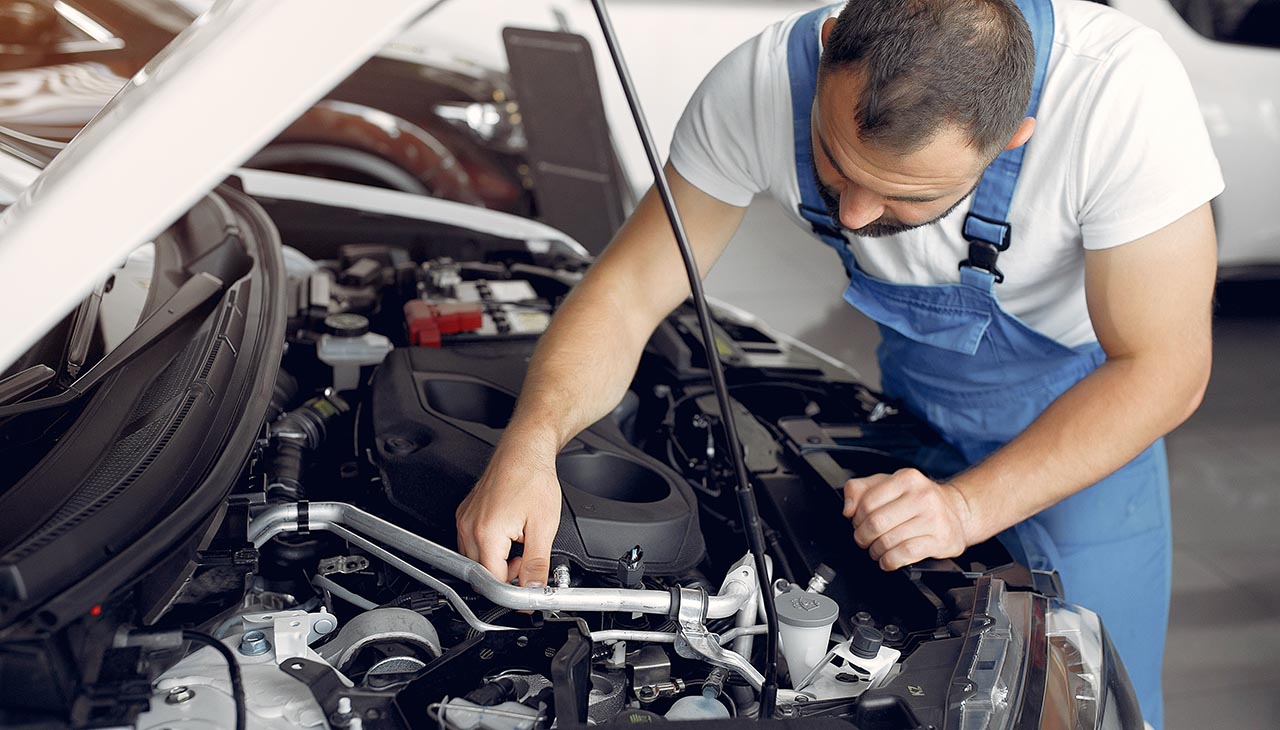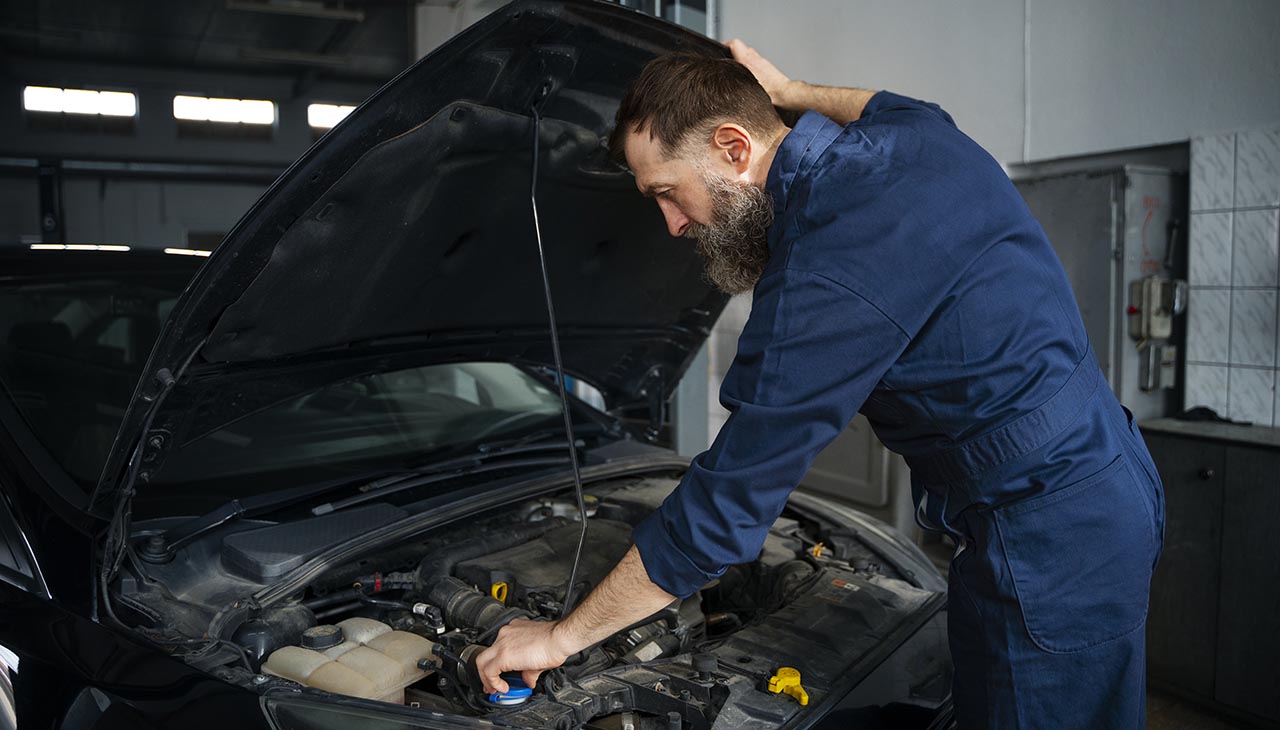Owning an older vehicle comes with its own set of challenges and rewards. While there’s a certain charm and nostalgia associated with vintage or just aged cars, keeping them in prime running condition requires special care and attention. This guide is designed to provide you with essential tips and strategies for maintaining an older vehicle, ensuring it remains reliable and efficient on the road. Whether it’s dealing with wear and tear, sourcing rare parts, or adhering to a diligent maintenance schedule, the following sections will help you navigate the complexities of owning a classic beauty.
Regular Maintenance Checks
Performing regular maintenance checks is crucial for extending the lifespan and ensuring the reliability of your older vehicle. Among the most important tasks to incorporate into your routine are:
- Scheduled oil changes: Regularly changing your vehicle’s oil is vital for keeping the engine running smoothly. Old oil can become contaminated and lose its effectiveness, leading to increased friction and, ultimately, engine damage.
- Inspection of belts and hoses: These components are prone to wear and tear over time. Regular inspections can prevent breakdowns due to a failed belt or leaking hose, which can cause significant engine damage.
- Checking and replacing filters: Air and fuel filters play a key role in maintaining engine efficiency. Clogged filters can reduce performance and fuel economy, so it’s important to replace them according to the manufacturer’s recommendations.
- Monitoring tire pressure and tread depth: Proper tire maintenance is crucial for safety, fuel efficiency, and the longevity of your tires. Regularly check your tire pressure to ensure it meets the suggested levels, and inspect tires for adequate tread depth to maintain traction and prevent accidents.
Addressing Wear and Tear
Wear and tear on an older vehicle is inevitable, but with the right approach, you can manage and mitigate its impacts to keep your car running smoothly. Key strategies include:
- Repairing rust spots: Rust is a common issue for older vehicles, especially in areas with harsh winters and road salt. Addressing rust spots early can prevent them from spreading and causing structural damage. This often involves sanding down the rust, applying a rust inhibitor, and covering the area with matching automotive paint.
- Replacing worn-out brake pads and rotors: Brakes are critical for vehicle safety, and over time, brake pads and rotors wear down. Listening for noise when braking or feeling a vibration can indicate that these components need attention. Replacing them promptly ensures your vehicle can stop effectively and safely.
- Fixing leaks in the exhaust system: Exhaust leaks can lead to decreased performance and fuel efficiency, and even allow dangerous fumes into the cabin. Identifying and repairing any leaks in the exhaust system is crucial for the vehicle’s operation and the occupants’ safety.
- Upgrading worn suspension components: Over time, suspension components such as shock absorbers, struts, and springs can wear out. This can affect the vehicle’s handling, comfort, and safety. Replacing these parts can restore ride quality and prevent other related problems from developing.
Fluids and Lubrication
Maintaining the proper levels and condition of various fluids is a critical aspect of keeping an older vehicle running smoothly. Here’s a breakdown of what you should regularly do to ensure optimal performance:
- Checking and topping up engine oil: Engine oil is the lifeblood of your vehicle’s engine, providing the necessary lubrication to prevent excessive wear. Check the oil level regularly and top it up as needed, ensuring you’re using the correct grade of oil as specified by the manufacturer.
- Flushing and replacing coolant: The cooling system helps prevent engine overheating. Over time, coolant can degrade and lose its effectiveness, so it’s important to flush the system and replace the coolant at intervals recommended by the vehicle manufacturer. This process helps maintain the engine at an optimal operating temperature.
- Inspecting and refilling transmission fluid: Like engine oil, transmission fluid is essential for lubrication, but for the transmission system. It needs to be checked for both level and condition. If the fluid smells burnt or is dirty, it may be time for a change to keep the transmission working efficiently.
- Ensuring proper lubrication of moving parts: Besides the engine and transmission, there are numerous moving parts throughout the vehicle that require regular lubrication to function properly. This includes components such as door hinges, suspension systems, and steering linkages. Use a suitable lubricant to keep these parts operating smoothly and to prevent premature wear.
By regularly checking these fluids and ensuring all moving parts are well lubricated, you can significantly extend the life of your older vehicle and maintain its performance.
Electrical System Maintenance
Maintaining the electrical system is paramount for the smooth operation of an older vehicle. This can involve:
- Testing and replacing the battery if necessary: The battery is essential for starting your vehicle and powering electrical components. It should be tested regularly and replaced if it fails to hold a charge or shows signs of deterioration.
- Checking and replacing spark plugs: Spark plugs are crucial for the engine’s ignition system, and worn plugs can lead to poor performance and fuel inefficiency. Inspect spark plugs for signs of wear and replace them according to the manufacturer’s recommendations.
- Inspecting the wiring and fuses: Aging vehicles often face issues with corroded wiring and blown fuses. Conduct thorough inspections to ensure there are no exposed wires or damaged connections, and replace any blown fuses with ones that have the correct amperage rating.
- Verifying the functionality of lights and signals: For safety and legal compliance, it’s important that all external lights and signal indicators work properly. Regularly check headlights, brake lights, turn signals, and emergency flashers, replacing any burned-out bulbs promptly.
By diligently maintaining your vehicle’s electrical system, you can avoid many common issues that lead to breakdowns, ensuring your classic vehicle remains both operational and safe on the road.


